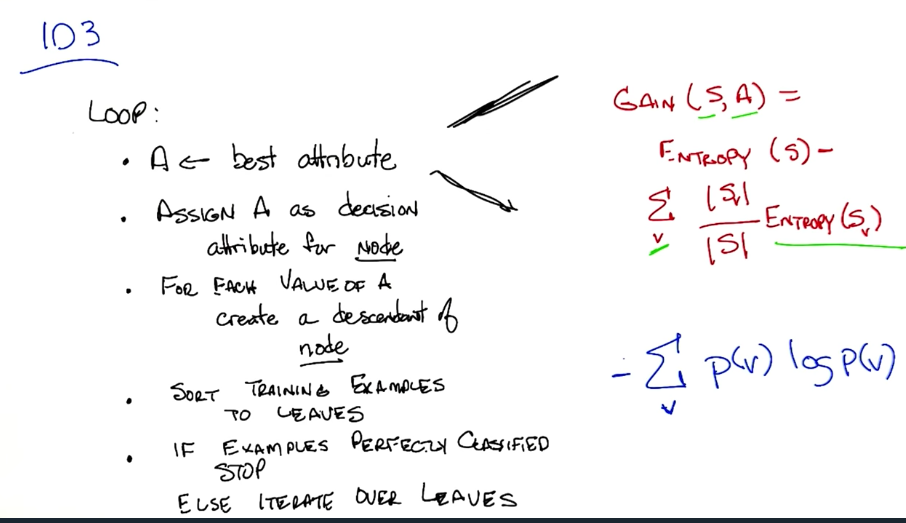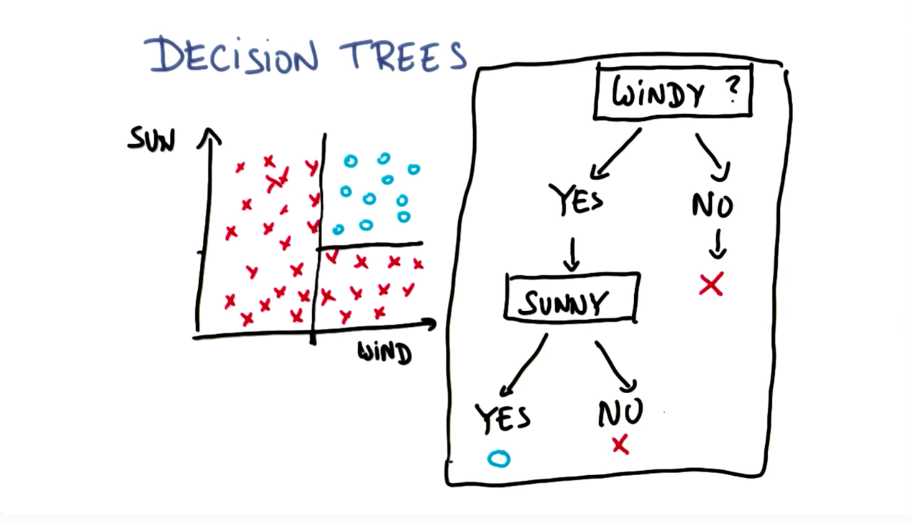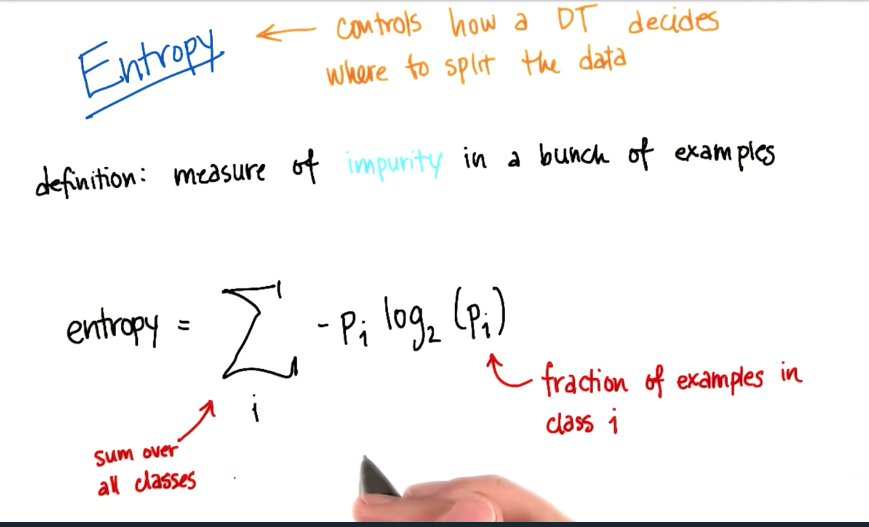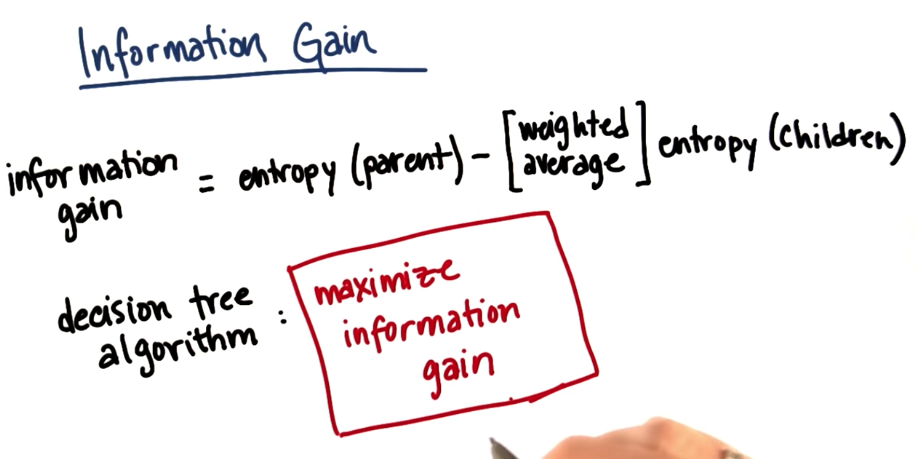machine-learning-nanodegree
Class notes for the Machine Learning Nanodegree at Udacity
Go to IndexClassification Learning
Terms
- Instances (aka input) are vector of attributes that defines whatever the input space is.
- Concept is a function that maps the inputs into outputs.
- Target Concept is the actual answer. It is the concrete function that maps the inputs into outputs.
- Hypothesis class is the set of all concepts that we are willing to study to find the target concept.
- Sample (aka training set) is a set of all the inputs paired with their expected output that will be used to improve the concept.
- Candidate is a concept that might be the target concept
- Testing Set is a set of all inputs paired with their expected output that will be used to validate the candidate.
Decision Trees: Learning
Decision Trees algorithms are as following:
- Pick the attribute that splits the data the best.
- Ask the question about the attribute.
- Follow the answer path
- Go to 1, until the answer is found.
ID3
A top down learning algorithm.

Bias of ID3
Decision Trees: Other considerations
Dealing with overfitting
For continuous
- For continuous inputs, we create discrete attributes by using ranges of values. Example: age between 20 and 30 - age is continuous but ages between 20 and 30 is a true-false question.
- Prunning: collapse leaves if errors are acceptable.
Pruning
Pruning is a technique in machine learning that reduces the size of decision trees by removing sections of the tree that provide little power to classify instances. Pruning reduces the complexity of the final classifier, and hence improves predictive accuracy by the reduction of overfitting.
Decision Trees: Wrap up
- Decision tree representation
- Top down algorithm for inducing a decision tree (ID3)
- Expressiveness of DTs
- Bias of ID3
- Best attributes (
Gain(S,A)) - Dealing with overfitting (pruning)
More decision trees
Decision tree graph representation

Decision Trees Accuracy
from sklearn import tree
clf = tree.DecisionTreeClassifier(min_samples_split=10)
clf = clf.fit(features_train, labels_train)
from sklearn.metrics import accuracy_score
acc = accuracy_score(labels_test, clf.predict(features_test))
Entropy

Calculating Entropy Example
Suppose we have a sample like: S S F F, where S is slow and F is fast.
From this sample, we can infer that pi of slow is 0.5
So the entropy could be calculated like:
import math
entropy = 2*( (-0.5) * math.log(0.5, 2)) # resulting in 1
Information Gain

sklearn.tree DecisionTreeClassifier default criterion
Scikit learn uses Gini impurity as default criterion for creating Decision Trees Classifiers. To use the Entropy criterion instead, one should do the following:
from sklearn.tree import DecisionTreeClassifier
clf = DecisionTreeClassifier(criterion='entropy')